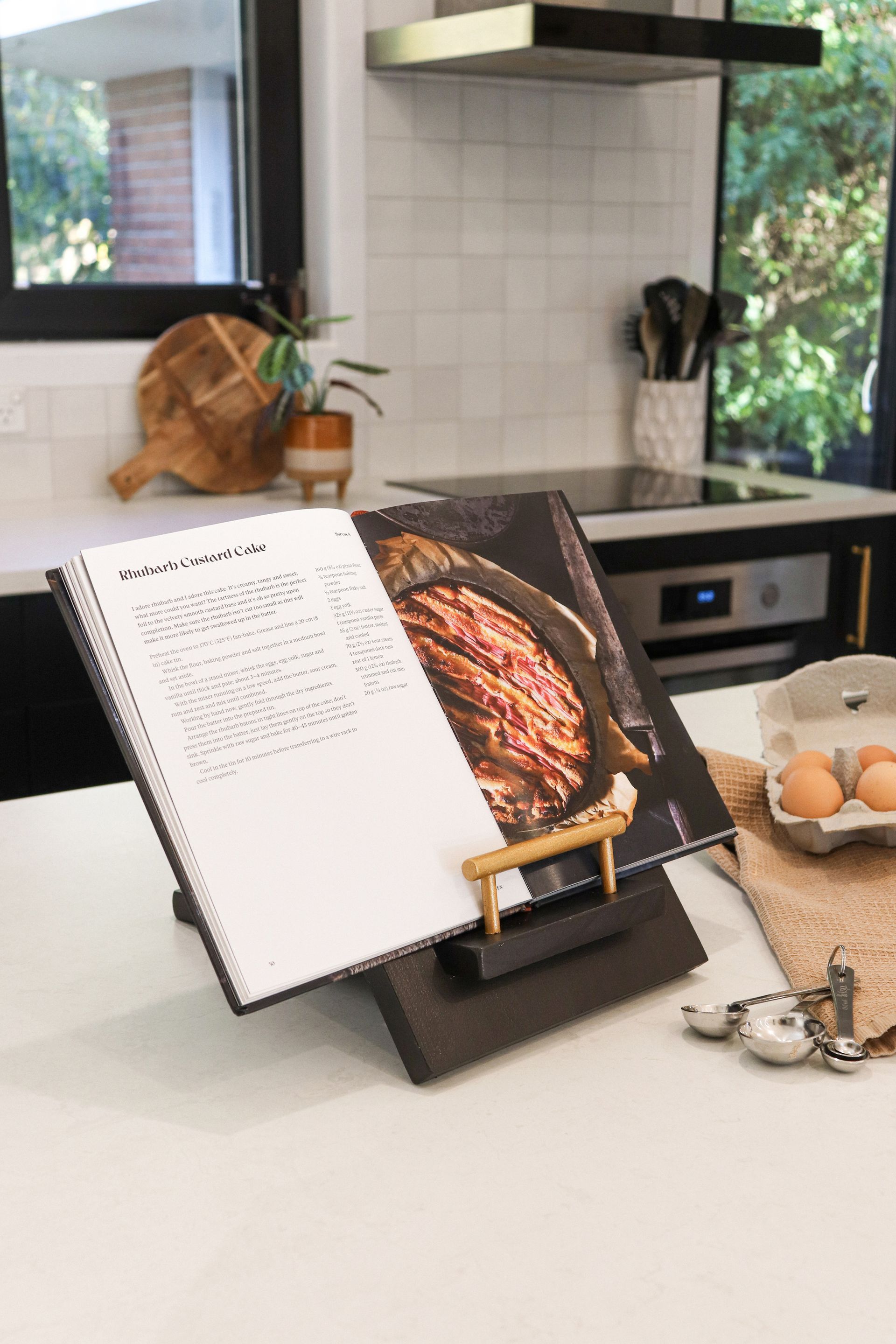Saving heritage buildings has been a lifelong mission for Dame Anna Crighton. She explains what they mean to her and why others should care too.
Spin the time machine back to July 2011, the earthquake year. I was looking around what remained of Christchurch’s central city inside the ‘red zone’ and called in to see Anna Crighton in her historic inner-city townhouse. Anna looked as forlorn as her house. When the quake struck on 22 February, a rooftop water tank crashed through Anna’s ceiling and into her kitchen, bruising her and very nearly killing her.
‘It was very strange, I remember it all in slow motion,’ she says. When Anna’s house was red-stickered and deemed uninhabitable, she had to leave the home she had lived in and adored for 28 years. Described as Victorian in style but reminiscent of San Francisco townhouses with Arts and Crafts influences, the house was originally one of four pairs of semi-detached townhouses designed and built by architect William Widdowson in 1892. Anna’s corner house was saved from demolition for road widening and she purchased it in 1983.
Saving it for a second time after the quakes was tough; it is only one of two townhouses remaining. ‘Then came the usual transient existence whilst fighting the insurers to get a payout,’ she recalls. ‘Only after threatening legal action, did I get a result. I project-managed the restoration myself and moved back in September 2016.’
Anna loves the neighbourhood. ‘I have more neighbours and community here than I would ever have had in the suburbs. We watch out for each other.’
Looking around the beautifully decorated rooms with their high ceilings, gorgeous furniture and artwork, it is clear that all the hard work has paid off. However, it has been a tough battle, just as saving Canterbury’s heritage buildings and getting recognition for them has been tough. Now, at last, Anna can allow herself a smile. Despite the obstacles, she managed to squeeze in completing her PhD (on the Robert McDougall Art Gallery) at the University of Otago in 2012 (awarded with distinction). ‘It was a challenge to finish it whilst homeless and with relevant archives closed.’
What inspired her? ‘Bloodymindedness!’ she says wryly.
Anna is also proud to have been part of the team saving the Isaac Theatre Royal, Trinity Church, and Shand’s building from ‘inevitable demolition’.
As Chair of the Canterbury Earthquake Heritage Buildings Fund Trust as well as President of Historic Places Aotearoa since 2011, Anna is delighted that more people seem to be appreciating heritage. This year’s Canterbury Heritage Awards, which she established in 2010, sold out.
In 2020, Anna was appointed a Dame Companion of the New Zealand Order of Merit for services to heritage preservation and governance. ‘The thing that really excites me about my damehood is the recognition for heritage protection and giving it such a high status; that is what really thrilled me.
‘The heritage awards cover the whole of Canterbury. It’s not just the grand places, it’s the smaller places, it’s the story around heritage. People are starting to recognise these things are important and that just gladdens my heart because it makes my job a lot easier.’
Anna’s story started not too far from her present home. She was born in a nursing home on a sandhill at the corner of England Street and Gloucester Street. ‘The house where I was born is still there. My father was an engineering draughtsman for Post and Telegraph. He started as a telegraph boy. You stayed in a job for life. When he retired, he was in the top position in New Zealand. He started off with nothing and ended up in the top job. I started with nothing and ended up with a damehood.’
Her first seven years were spent in Christchurch and then the family moved to Dunedin for seven years before returning to Christchurch. She attended Otago Girls’ High School and Christchurch Girls’ High School.
‘My fascination for history came early to me. My own sense of heritage and my sense of place comes from my grandmother. Our family spent the first seven years of my life in my grandmother’s villa in Christchurch – a house full of exquisite bric-a-brac and historical chromolithographs and set in expansive grounds with an orchard and kitchen garden. It was from this experience that my respect and admiration grew for the charm, the detailing of the secondary elements, the sense of space, and the generous scale of the rooms redolent in Victorian and Edwardian architecture. I grew up learning to respect and enjoy the values of our heritages.’
Then, as a teenager, Anna went ‘feral’ – but doesn’t want to go into details. (She is currently working on her memoirs, scheduled for publication next year.) ‘I didn’t have a happy home life so I left home at 16 and fended for myself ever since.’
She completed School Certificate and University Entrance at Correspondence School, then did a Bachelor of Arts, triple-majoring in Art History, History and Classics. She followed that up with a master’s degree.
It was only natural that Anna got a job with the Robert McDougall Art Gallery as an art specialist. She describes her later thesis and book as ‘a story about the pictures and decision-makers at the art gallery that people never thought about’.
Anna’s determination to turn her passion for art and architecture into political action came in 1992. ‘I lived in a cottage in the inner-city east and became concerned at the decline of services to that part of the city. I was also affronted with the argument that those in Merivale, Fendalton and the more affluent areas of the city paid more rates and thus should have more money spent in their areas.
This argument had some substance but that does not negate the reason that others living in the east should be deprived of an aesthetically pleasing environment and access to the same level of services – good roads, footpaths, street trees and parks.
‘There was also the destruction of many of our heritage buildings, removed for second-rate new ones supposedly indicating a sign of progress. For me, domestic politics appealed because it brings people closer to decision-making that directly affects them personally and I wished to promote greater equality.’
Anna served as a Christchurch City councillor for 12 years, from 1995 to 2007, during which time she chaired the Arts Culture and Heritage Committee. She was also a director and chair of the Christchurch Arts Centre Board from 1994 to 2004, and established the Christchurch Heritage Trust in 1996, of which she is still a director.
Anna remains highly critical of the loss of heritage that followed the quakes. ‘One of the biggest battles post-earthquake with regard to our built environment was around heritage retention and protection. The decisions made then were siloed and poorly integrated, together with CERA’s scorched earth policy, with decisions coming from Wellington. We lost most of our historic landmarks and around 300 heritage buildings in the central city alone.’
In an age of technology and mass consumerism, why care about old buildings? What’s special about them? Why do we need them? ‘Heritage rescue is significant, crucial and glaringly obvious,’ says Anna. ‘Heritage is about nostalgia and stories and memories. Each historic building is unique, a one-off example illustrating a past we can be proud of. They sustain the city’s narrative, they present a statement of faith, and they provide visual connections between us and our ancestors. They are about people, they are about place, and they are about time.’
So, what does she think of Christchurch now, good and bad? What of the future? ‘New developments presage the flattening effects of globalisation, the spreading (under a cheerful banner) of a sameness, with little individuality, that threatens to weaken and destroy all sense of place. Central Christchurch has been built almost out of recognition and we have the soullessness of internationalism. However, there are some ‘betterments’ – the boulevards, the restoration of what heritage buildings remain, and some good examples of “future heritage”, for example Tūranga.’
Recent stories







